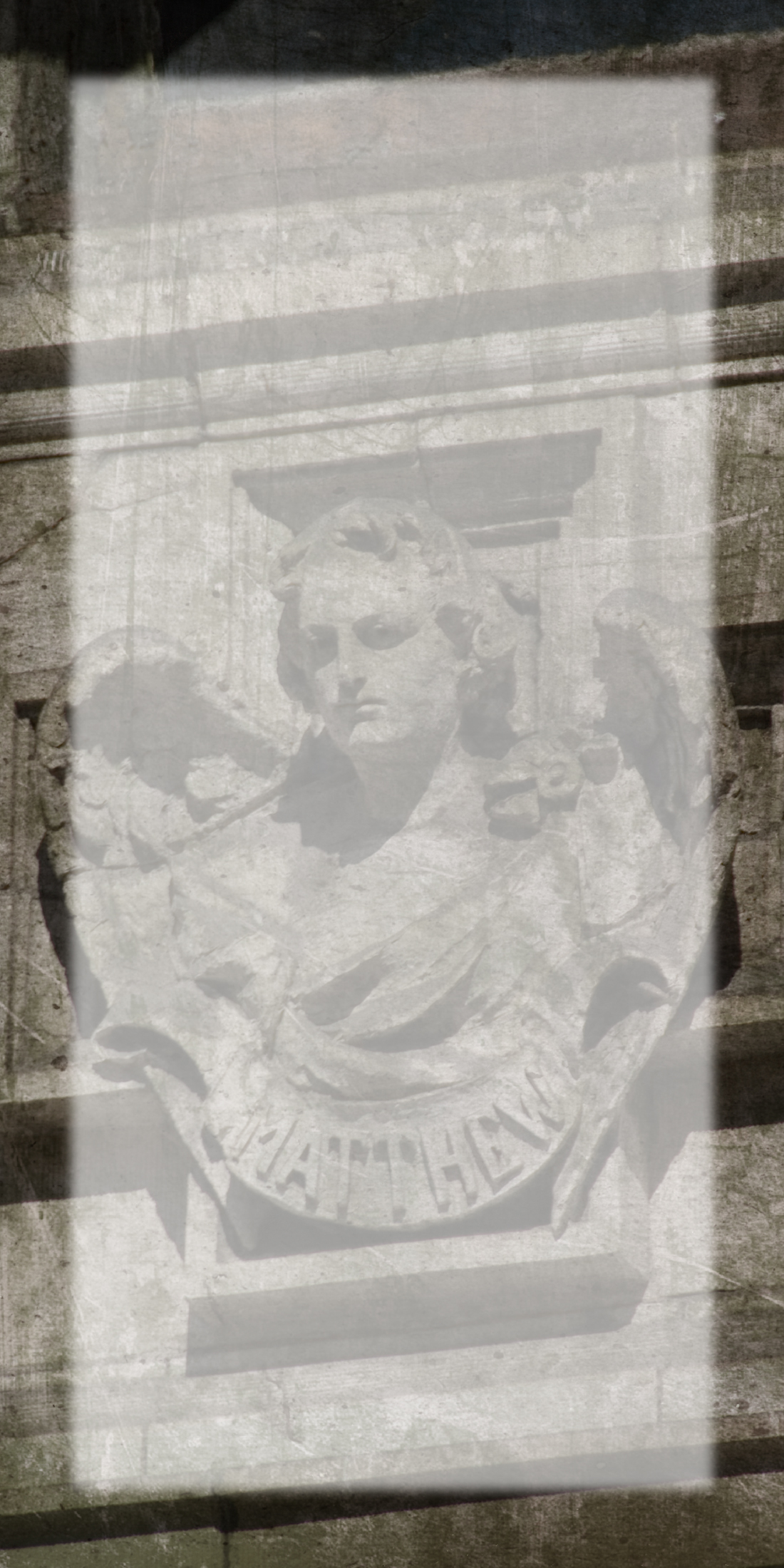It is because of all this that Duchamp’s Three Standard Stoppages and the meanings they entail are important to me. With this at heart I created the sculpture described here. I have named it New Stoppages as a way of memorializing our debt to the continuing influence of Duchamp’s research.
Fundamental to my desire to create New Stoppages, the sculpture pictured here, was my wish to demonstrate the relevance of alternative dimensional space as it pertains to our present evolving post-modern model.
It is my belief that future cultural perspective will demonstrate that the actual difference between modernism and post-modernism lies in post-modernism’s translation of modernism’s succession of grand narrative dialogs into a single non-sequential holographic event - an integrated matrix of conceptual structure. In the newly defined paradigm this matrix is consciousness. I was methodical in my research during the creation of New Stoppages. I photographed a model in movement in three parallel positions perpendicular to the camera. Each model held a small light. The first held the light so that it was exposed onto the film as a single point.
Of course from a mathematical vantage point this is an expression of a non-dualistic state, a position of pure being. This view is now universally held by cosmologists and is called singularity. It finds its most popular expression in the theory of the “Big Bang” that is now widely accepted and part of the mainstream of theoretical physics.
The second model then moved randomly while the camera’s shutter was open, as did the third, enabling the film to capture the trail left by the light in the model’s hand as well as blurs of movement articulated by the model passing through space. This light is the four dimensional equivalent of Duchamp’s falling string because it too divides space/time - an event that although real, goes without preservation by the naked eye.
The blurs of movement left on the surface of the film are actual artifacts of time – although indiscernible, they are absolutely physical expressions of sublimity. These blurs are formal translations of time crystallized - time frozen.
The photographs were then woven together into a single image on the computer: An image I refer to as Three Nudes. This image was in turn translated into the virtual space of the computer - a three dimensional mathematical model. Once there, these blocks of virtual space were sectioned using the golden mean, creating a perimeter around each figure and its movement.
Each block is in fact the classical geometrical representation of the time surrounding the event captured in the original photograph, in other words, the space that the models in the initial photographs reside in.
The blocks were then dissected by the trail of the light left on the photographic negative, exactly like the space cut away by the falling string in Duchamp’s Three Standard Stoppages. Once each block was completed in virtual space (computer space), the blocks were cut as actual blocks of plastic by a digitally controlled milling machine duplicating the forms I sculpted on the computer. They were produced to the life-size proportions of the original models and reassembled on my studio floor.
This composition of the blocks of space-time captured in my original photography was then re-photographed in 360-degree view and reinstalled into the virtual space of the computer. That space was in turn distorted according to the earth’s rotation – resulting in the curving of the original blocks, which were produced once again on the milling machine - this time with the incorporation of the distorted space-time. The result is the expressive deformation of the blocks, as they exist under the influence of the earth’s velocity.
New Stoppages is in fact a three-dimensional rendering of four-dimensional space – the same space that engulfs the figures in the original photograph. This feat is something Duchamp attempted on many occasions. Today with the help of the computer it becomes achievable.

